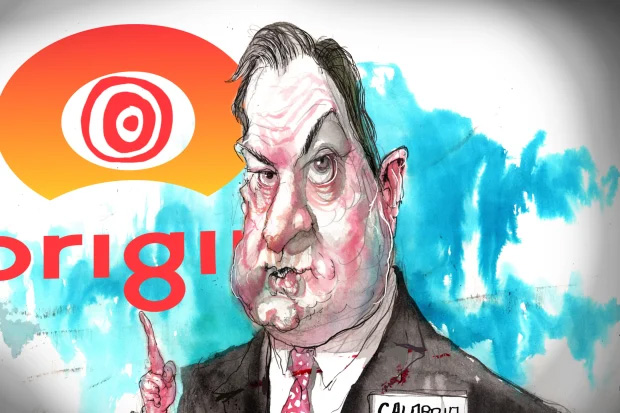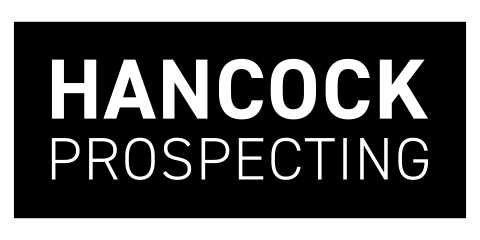
Article courtesy of the Australian Financial Review.

At the heart of Origin Energy’s decision to abandon its Hunter Valley Hydrogen Hub is the collision of three crucial elements: hope, time and risk.
In the long term, Australia and the rest of the world needs green hydrogen to work if we are to decarbonise heavy industry and make the energy transition that gets more urgent by the day. But what’s becoming very clear is that optimism, ambition and government support are not enough to compensate for the huge risks that developers like Origin would have to take to get a project like this off the ground any time soon.
Origin has no complaints about the level of government support it’s already attracted, and was likely to continue to attract, for the Hunter Valley hub. Having already received grants from the NSW and federal governments, Origin and its development partner, explosives manufacturer Orica, were in pole position to get more funding under the federal government’s $2 billion Hydrogen Headstart program.
The hub, which was co-located with Orica’s ammonia plant at Kooragang Island, was arguably the most prospective green hydrogen project in the country. Origin’s plan was to build 55 megawatts of electrolyser capacity by 2026 to help Orica decarbonise Kooragang Island, and then increase that to one gigawatt of capacity over time to serve export markets.
But after completing front-end engineering design and winning planning approval from the NSW government in May, Origin began the preparatory work for a final investment decision. And it quickly became clear that the project wouldn’t stack up. As one insider says, there was risk at every turn.
First, there was the broad concern that the green hydrogen market simply hasn’t evolved as quickly as Origin and others have hoped. Origin could not get confident about customer demand both locally and in export markets, and was particularly worried about whether customers would ever be prepared to pay the sort of premium required to make the economics of the plant stack up.
Second, Origin was concerned about the outlook for renewable energy capacity. The production of green hydrogen requires large amounts of green power at cheap prices; while Origin is a big investor in both renewable generation and battery storage, even it couldn’t get sufficiently comfortable about the level and price of power it could secure for the hydrogen hub.
Energy prices too high
These two concerns are similar to those expressed by Fortescue executive chairman Andrew Forrest in July when he put Fortescue’s long-held target of 15 million tonnes of green hydrogen by 2030 on the backburner, and “de-prioritised” several green hydrogen projects in the $70 billion giant’s pipeline.
While his ambition for green hydrogen burns as brightly as ever, the simple truth is energy prices need to come down first through more deployment of renewables.
Origin probably also had some concerns about the future of Orica’s Kooragang Island plant, which is now 55 years old and will need a level of ongoing investment. Orica said on Thursday it remained committed to the plant and the hydrogen hub, but in an intensely competitive manufacturing sector, it would have been natural for Origin to wonder if its key domestic customer would be able to underpin the long-term expansion of the project to one gigawatt.
The combination of these risks meant Origin’s executive team, led by chief executive Frank Calabria, simply couldn’t recommend the project to the Origin board for approval. And so with so much government money on the line, and the prospect of more to come, it was decided to abandon the project now, rather than string the various parties along.
Inside Origin, the belief in the role hydrogen can play in replacing gas and assisting with the decarbonisation of heavy industry is still very much alive, and Australian governments have done a good job listening to industry protagonists and providing support to the nascent sector.
But where does this leave the government’s hydrogen plans? Saul Kavonic, energy analyst at MST Marquee, says that government should brace for more bad news on green hydrogen.
“It’s another step back in what will be a long line of cancellations for green hydrogen projects in Australia. The announcement shows how green hydrogen economics are so uncompetitive that even with generous government subsidies, and a captive buyer, it still struggles to work.”
In the short term, he says, the government should be working to bring on more gas to protect the manufacturing sector. In the longer term, blue hydrogen (made with fossil fuel) would have a better chance of competing with gas.
That will be a tough pill to swallow for a government that pinned its hopes on helping to get the green hydrogen sector off the ground. But facts are facts: what Origin and Fortescue are telling us is that hydrogen’s heyday is still a long way off.
And no amount of government funding is going to change that in the medium term – and possibly much longer.




